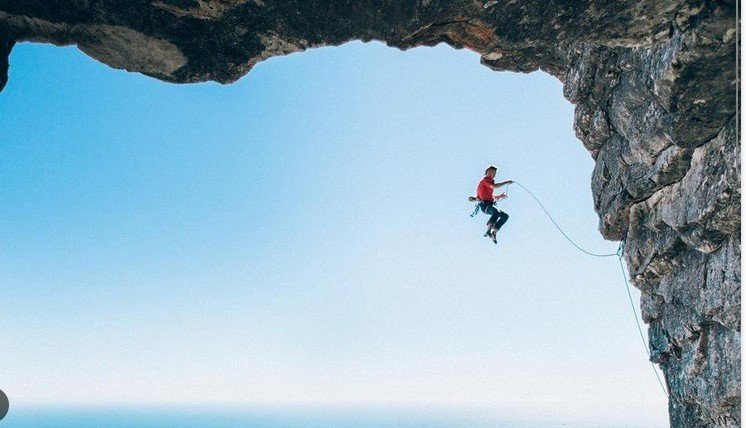
Extreme sports have transformed from niche activities into a mainstream phenomenon that captivates millions worldwide. This evolution reflects broader cultural shifts, technological advancements, and changing societal perceptions of risk and adventure. In this blog post, we will explore the journey of extreme sports, highlighting key milestones, emerging trends, and the impact of these sports on youth culture.
The Origins of Extreme Sports
Adventure sports trace their roots back to the late 20th century, with activities such as skateboarding and BMX biking gaining popularity. These sports began as grassroots movements, often associated with rebellious youth cultures and countercultural movements. Early pioneers embraced these sports as forms of self-expression and creativity, pushing the limits of what was possible.
Skateboarding
Skateboarding emerged in the 1950s as surfers sought a way to replicate the thrill of riding waves on land. By the 1970s, skateboarding had evolved into a distinct sport, complete with its own culture, tricks, and competitions. The rise of skate parks and events like the X Games in the 1990s helped propel skateboarding into the mainstream, showcasing the creativity and athleticism of skateboarders.
Snowboarding
Snowboarding gained traction in the 1980s, drawing inspiration from surfing and skateboarding. Innovators like Jake Burton Carpenter and Tom Sims played pivotal roles in developing snowboarding gear and promoting the sport. By the 1990s, snowboarding became an Olympic sport, solidifying its status in the extreme sports arena and attracting a new generation of athletes.
The Mainstreaming of Extreme Sports
As adventure sports continued to gain popularity, they began to break free from their underground origins and enter mainstream culture. This shift involved several key factors:
Media Exposure
The rise of action sports films and dedicated television channels, such as ESPN’s X Games, provided a platform for adventure sports. These media outlets showcased thrilling performances, captivating visuals, and the personalities behind the sports. As a result, adventure sports gained visibility and attracted a broader audience.
Sponsorship and Commercialization
Major brands recognized the potential of extreme sports to connect with youth culture. Sponsorship deals with athletes and events became common, fueling the growth of the industry. This commercialization led to increased investment in events, equipment, and athlete development, further legitimizing adventure sports.
Inclusivity and Accessibility
As extreme sports evolved, they became more inclusive and accessible. New disciplines emerged, catering to diverse interests and skill levels. Sports like parkour, rock climbing, and kiteboarding attracted participants from various backgrounds, encouraging more people to engage in these activities. The development of specialized facilities and urban spaces also allowed individuals to practice extreme sports more easily.
Emerging Trends in Extreme Sports
Today, extreme sports continue to evolve, driven by technological advancements and changing cultural landscapes. Here are some notable trends shaping the future of extreme sports:
Technology Integration
Technology has played a crucial role in the evolution of extreme sports. Innovations in equipment, such as high-performance skateboards and advanced snowboards, have enhanced safety and performance. Additionally, wearable technology, including action cameras and fitness trackers, allows athletes to document their experiences and share them with a global audience.
Environmental Awareness
With growing awareness of environmental issues, many extreme sports communities are prioritizing sustainability. Athletes and organizations are increasingly advocating for eco-friendly practices, such as reducing waste at events and promoting conservation efforts. This trend reflects a shift towards a more responsible approach to outdoor activities and an understanding of the impact of adventure sports on the environment.
Competitive Formats and Events
The rise of competitive formats, such as freestyle competitions and adventure sports festivals, has further fueled interest in these activities. Events like the Red Bull Cliff Diving World Series and the Dew Tour showcase elite athletes and push the boundaries of what is possible in their respective sports. These competitions also provide opportunities for up-and-coming athletes to gain recognition and exposure.
The Impact of Extreme Sports on Youth Culture
Adventure sports have significantly influenced youth culture, shaping identities and communities. The thrill-seeking nature of these sports resonates with young people, providing them with outlets for self-expression and creativity. Additionally, extreme sports foster a sense of community, bringing together like-minded individuals who share a passion for adventure.
Personal Growth and Empowerment
Engaging in adventure sports encourages personal growth and empowerment. Athletes often face challenges and push their limits, fostering resilience and determination. The camaraderie among participants also helps build friendships and support networks, contributing to a sense of belonging.
Conclusion
The evolution of adventure sports showcases the dynamic nature of athleticism, culture, and community. From their underground origins to their current mainstream status, extreme sports continue to inspire and challenge individuals worldwide. As these sports evolve, they will undoubtedly shape the future of youth culture and continue to push the boundaries of human potential.




